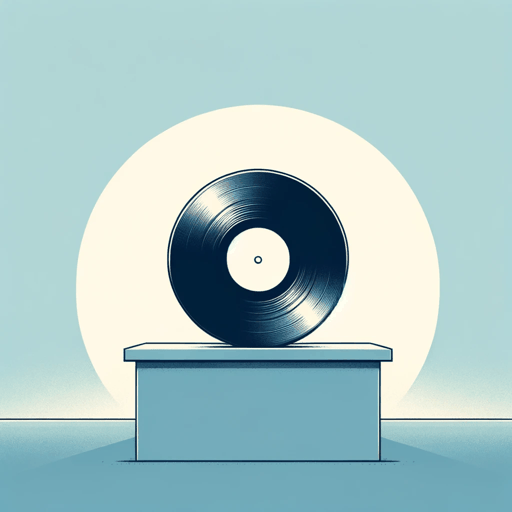19 pages • 38 minutes read
Gil Scott-HeronThe Revolution Will Not Be Televised
Fiction | Poem | Adult | Published in 1971A modern alternative to SparkNotes and CliffsNotes, SuperSummary offers high-quality Study Guides with detailed chapter summaries and analysis of major themes, characters, and more.
Further Reading & Resources
Related Poems
“Barbie Doll” by Marge Piercy (1971)
Like Scott-Heron’s poem, Piercy’s poem uses images from pop culture to make a serious critique of the forces of conformity. While Scott-Heron is primarily focused on pop culture’s impact on Black liberation, Piercy’s target is the damage done to American women, especially white American women, by unrealistic beauty standards that circulate via pop culture and mass-produced objects like the Barbie doll.
“Howl” by Allen Ginsberg (1956)
In this first-person poem, Ginsberg relies on strong imagery, repetition (including anaphora), and informal, assertive language to denounce the conformist ethos of the United States during the 1950s. Thematically, “Howl” and “The Revolution Will Not Be Televised” both focus on oppressive structures in society. Both poems also show the influence of spoken-word on protest poetry.
“Riot” by Gwendolyn Brooks Hayden (1969)
In this narrative poem, Brooks imagines a riot from the perspective of a wealthy white resident of a city. This poem is rich in irony and allusion. Brooks uses a famous Martin Luther King, Jr., quote, “A riot is the language of the unheard,” as the epigraph for her poem. Like Scott-Heron, she intervenes in Black representation.

